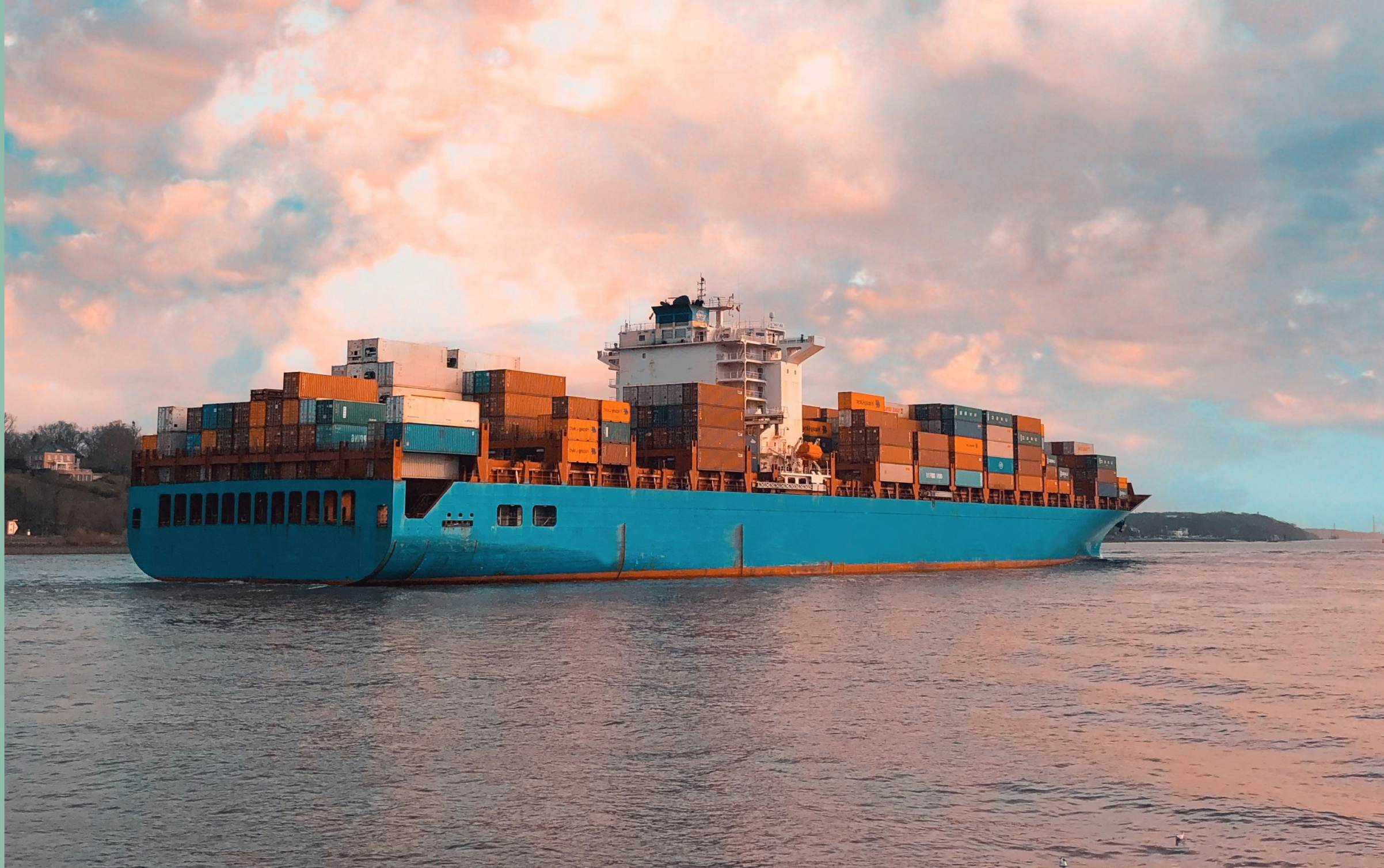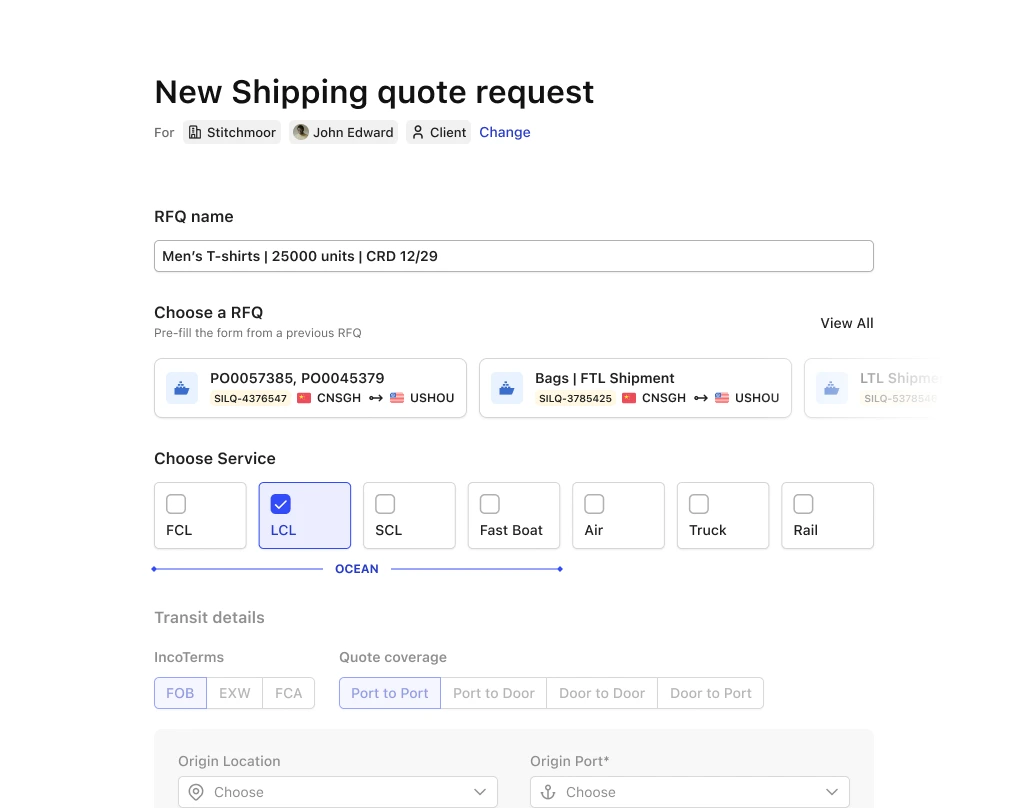Leveraging Technology for Effective Consolidation in High-Frequency Shipping

High-frequency shipping has been witnessing significant shifts in recent years, especially as the global economy rebounds post-pandemic. To begin with, maritime trade has shown resilience amidst various global crises, including the war in Ukraine. According to the Review of Maritime Transport 2023 by UNCTAD, maritime trade is projected to grow by 2.4% in 2023 and maintain a steady growth rate of over 2% annually between 2024 and 2028. This growth trajectory underscores the increasing volume and frequency of shipping activities on a global scale despite inflationary concerns.

Furthermore, the industry is contending with external factors like climate change and geopolitical events. For instance, the current drought in the Panama Canal is severely restricting the movement of container ships, leading to significant bottlenecks. These bottlenecks have a cascading effect, resulting in increased costs and delays for goods bound for U.S. ports. Additionally, global political relations and trade policies, such as the U.S.-China trade dynamics and the Russia-Ukraine conflict, significantly influence the movement and cost of goods, further impacting high-frequency shipping.
In this evolving landscape, Silq emerges as a key player in the high-frequency shipping industry. Through its innovative approaches and technological integration, Silq aims to address these multi-faceted challenges, reinforcing the importance of efficient and sustainable shipping practices in today's global economy.
The Challenges of High-Frequency Shipping
High-frequency shipping is an intricate and dynamic process, shaped by a complex interplay of factors that challenge even the most seasoned industry players. It's essential to recognize that each of these obstacles presents not just a hurdle, but also an opportunity for innovation and strategic growth. From the evolving regulatory environment to the shifting patterns of consumer demand, these challenges underscore the need for an agile and forward-thinking approach in the shipping industry.
Economic and Environmental Regulations: The International Maritime Organization (IMO) has introduced regulations requiring ships to collect and report emissions data starting in 2023, reflecting the industry's focus on sustainability and compliance with environmental mandates. These changes represent a significant shift towards greener practices in shipping.
Port and Rail Congestion: Congestion at ports and rail yards remains a major challenge, leading to delays, increased costs, and operational inefficiencies. Despite some improvements by the end of 2022, the issue of congestion continues to impact the overall efficiency of the shipping process.
Geopolitical Uncertainty: Geopolitical factors, including territorial disputes and political tensions, directly impact shipping routes and trade agreements. Events like the Russian activities in the Black Sea in 2023 have created significant uncertainties in shipping routes and global trade, affecting freight rates and market access.
Consumer Spending and Market Demand: Shifts in consumer spending patterns, such as a focus on services and experiences over goods, have influenced the peak shipping season of 2023. This recalibration has led to a weak peak season, with companies like Macy's and Dick's Sporting Goods scaling back on orders due to cautious consumer spending.
Technological and Operational Adjustments: The shipping industry is continually adapting to technological advancements. The integration of AI, IoT, and blockchain technologies is essential to improve efficiency and address the challenges of high-frequency shipping. These technologies are pivotal in managing the complexities of modern shipping logistics.
The ability to adapt and evolve in response to these challenges is what sets apart the leaders in this space. As we have seen, each challenge, be it regulatory, environmental, geopolitical, or market-driven, demands a unique blend of expertise, technology, and foresight.
Role of Technology in Shipping Consolidation
In high-frequency shipping, technological advancements like AI and IoT are transforming operational dynamics, moving beyond mere tools to essential components in streamlining processes. AI and machine learning algorithms are pivotal in enhancing route optimization, cargo loading, and energy management, leading to increased efficiency and reduced costs.
Solutions like the buyer’s consolidation tool from Silq help shippers cut costs with intelligent consolidation, even during volatile market conditions. The deployment of IoT devices in shipping is revolutionizing real-time tracking and cargo monitoring. These devices provide critical data for proactive decision-making and risk management, crucial in maintaining cargo conditions, adhering to environmental standards, and optimizing resource usage.
The strategic application of these technologies is ushering in a new era in shipping, marked by enhanced operational efficiency, reduced environmental impact, and greater resilience to industry challenges.
Super Bowl Rush Exposes Supply Chain Flaws

Picture the case of LockerRoom Labels, known for its sporting merchandise, recently rode a wave of social media fame, leading to an explosive spike in demand. With the Super Bowl around the corner, a time when such merchandise is in high demand, LockerRoom Labels faced the daunting task of ensuring their products were adequately stocked on shelves nationwide. The Super Bowl season, being one of the biggest sporting events of the year, presented both a huge opportunity and a logistical challenge, especially given the short demand time window.
The company's meteoric rise in popularity, particularly ahead of the Super Bowl, brought to light several supply chain inefficiencies that needed immediate addressing. The LockerRoom Labels team grappled with challenges such as delayed shipments, inadequate inventory tracking, and imprecise demand forecasting. These issues led to either overstocking or shortages at critical moments, undermining their goal to maximize Super Bowl sales.
Moreover, the pressure to deliver the products in quick time added an extra layer of complexity to their logistics operations, making it imperative for LockerRoom Labels to revamp its supply chain strategy swiftly and effectively.
To address these issues, LockerRoom Labels turned to Silq. Silq's Consolidation Planning Module was the game changer. This sophisticated tool enabled LockerRoom Labels to accurately forecast shipment weight and volume, allowing them to plan and execute efficient consolidations.
By integrating this module, LockerRoom Labels could streamline its shipping process, ensuring that each container was utilized to its maximum capacity and that shipments were consistently scheduled, reducing the unpredictability that had previously plagued its logistics operations.
Navigate High-Volume Shipping with Silq
In the world of high-frequency shipping, managing high-volume shipments poses a unique set of challenges. These range from optimizing container utilization to ensuring timely deliveries, all while keeping costs in check. However, these challenges are not insurmountable. Businesses facing such complexities can greatly benefit from partnering with expert logistics companies like Silq, who specializes in turning logistical challenges into opportunities for efficiency and growth.
Silq's approach, utilizing advanced technologies like their Consolidation Planning Module, demonstrates how strategic planning and technological innovation can lead to significant improvements. By forecasting shipment weight and volume, businesses can plan and execute consolidations more effectively, resulting in cost savings and improved shipping predictability. Moreover, embracing such solutions contributes to a more sustainable shipping process, aligning with the growing global emphasis on environmental responsibility.
Looking to take your shipping to the next level? Get started with Silq today!
Ready for Supply Chain Predictability?
Importers using Silq ship smarter, safer, and with total control.







